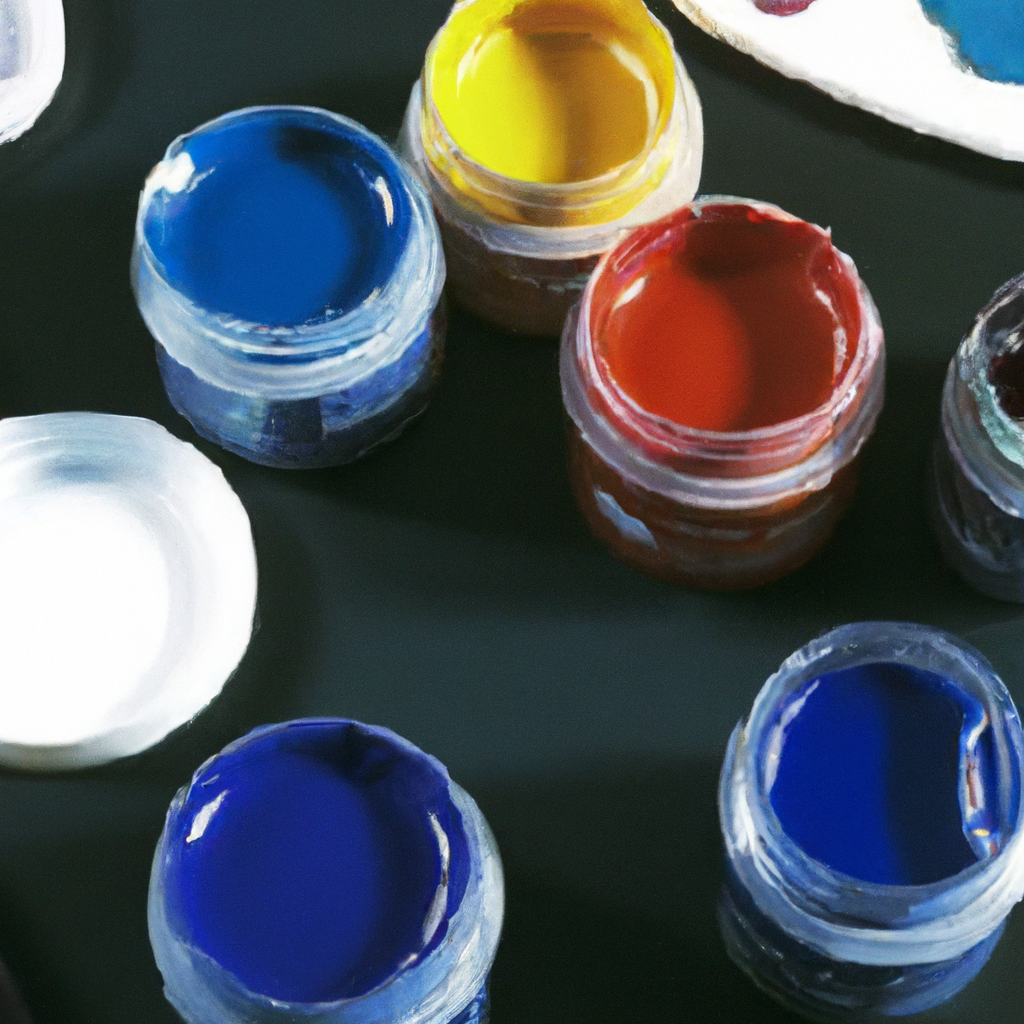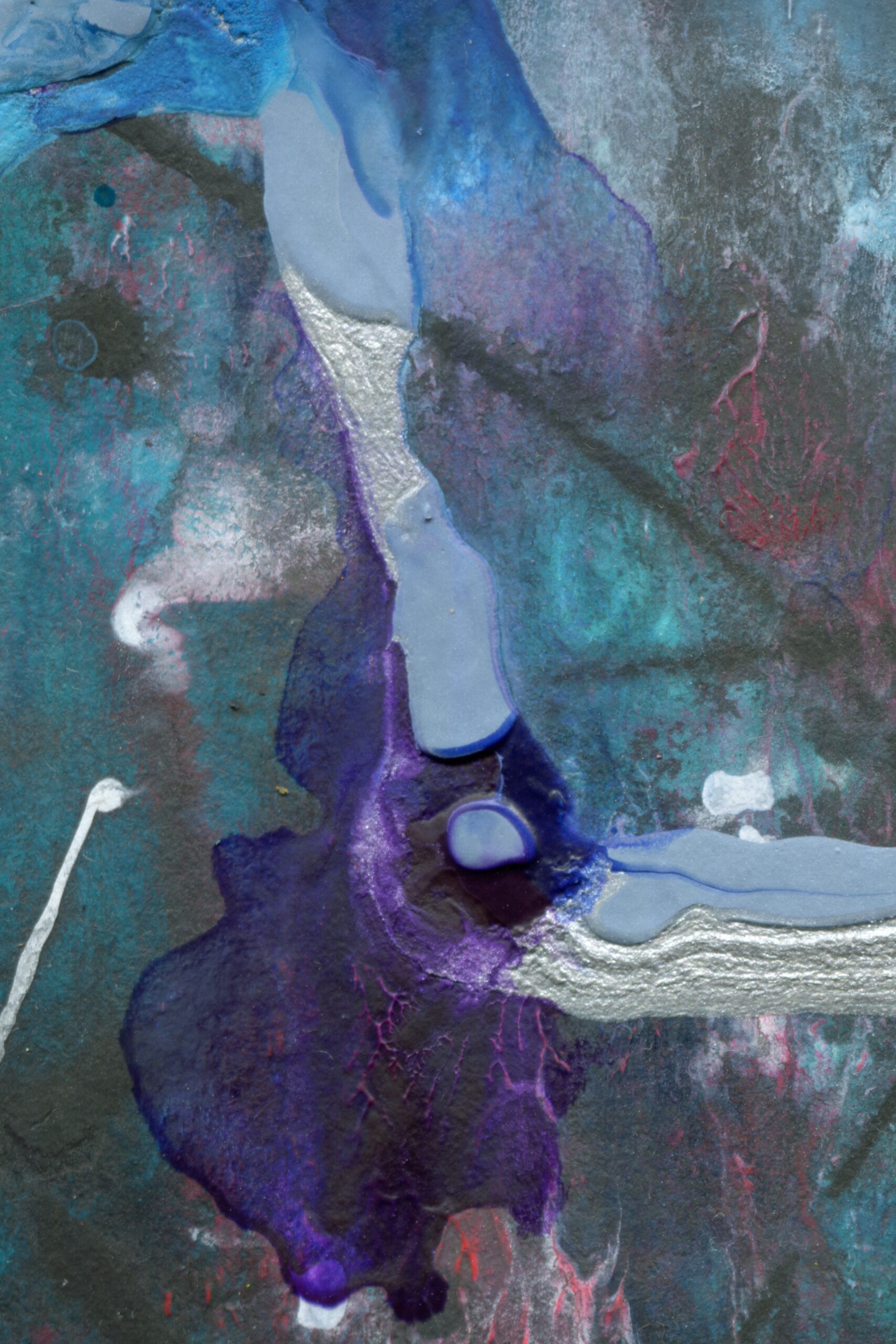Gouache paint, known for its vibrant and opaque colors, has gained popularity among artists worldwide. However, before embarking on your next artistic creation, it is essential to understand whether gouache paint requires a primer. Gouache paint, unlike other traditional paint mediums, has a unique consistency and texture that may affect its adherence to the surface. In this article, we will explore the necessity of using a primer with gouache paint, providing you with valuable insights to achieve the best results in your artistic endeavors.
What is Gouache Paint
Definition
Gouache paint is a versatile medium that is similar to both watercolors and acrylics. It is a type of opaque water-based paint that is known for its vibrant colors and matte finish. Gouache paint is made using a combination of pigment, binder, and water, and it is often used by artists and designers for various applications.
Composition
Gouache paint is composed of finely ground pigments mixed with a binder, which is usually gum arabic. The pigments used in gouache can vary widely, allowing for a wide range of colors and opacity levels. The binder helps the paint adhere to the surface and gives it a smooth, even texture. Additionally, water is added to the mixture to achieve the desired consistency.
Application
gouache paint can be applied to a variety of surfaces, including paper, cardboard, canvas, and wood. It can be used with a variety of techniques, including brushwork, layering, and blending. Gouache paint can be diluted with water to create translucent washes or applied directly to create opaque, vibrant colors. It is a popular choice for illustrations, graphic design, and fine art due to its versatility and ability to create bold, opaque colors.
Primer: An Overview
Definition
A primer is a preparatory layer applied to a surface before the application of paint or other media. It acts as a barrier between the surface and the paint, providing a smooth, durable base for the paint to adhere to. Primers are typically made from acrylic, oil-based, or watercolor-based materials.
Function
The main function of a primer is to improve the adhesion of the paint to the surface and prevent it from being absorbed unevenly. Primers also help to enhance the vibrancy and longevity of the paint by creating a stable, protective layer. Additionally, primers can help to smooth out imperfections on the surface and provide a consistent surface texture for the paint.
Types
There are several types of primers available, each with its own specific properties and uses. Acrylic gesso is a popular primer for many types of paint, including gouache. It provides a smooth, matte surface that is compatible with various painting techniques. Watercolor ground is another option for gouache painting, as it allows the gouache to be used on nontraditional surfaces such as fabric or wood. Oil-based primers are typically used for oil paints but can also be used as a primer for gouache if desired.

This image is property of images.unsplash.com.
Why Use Primer with Gouache Paint
Improving Adhesion
Using a primer with gouache paint can greatly improve the adhesion of the paint to the surface. Gouache has a tendency to lift or peel off certain surfaces, especially if they are smooth or nonabsorbent. Applying a primer creates a bond between the paint and the surface, ensuring that the colors adhere evenly and remain in place.
Preventing Absorption
Gouache is a water-based paint, and it tends to be absorbed by porous surfaces such as untreated canvas or paper. This can result in dull colors and uneven application. Primer acts as a barrier, preventing the paint from being absorbed too quickly and allowing for better control and color saturation.
Enhancing Color Vibrancy
Priming the surface before applying gouache can also enhance the vibrancy of the colors. By creating a smooth, sealed layer, the primer allows the pigments in the gouache to remain on the surface, resulting in more vibrant and true-to-color paintings. This is especially important when working with lighter or pastel shades, as they can easily become muted without a primer.
Factors to Consider
Surface Type
The type of surface you are painting on plays a crucial role in determining whether or not you need a primer. Smooth, nonabsorbent surfaces such as metal or glass may require a primer to ensure proper adhesion and longevity of the paint. On the other hand, some artists prefer to paint directly on absorbent surfaces such as watercolor paper, as the paint can blend and flow more freely.
Painting Style
Your painting style and technique should also be taken into consideration when deciding whether to use a primer. If you prefer a more controlled and detailed approach, a primer can provide a smoother surface for intricate brushwork. Conversely, if you enjoy the spontaneous and textured effects of painting on a raw surface, skipping the primer may be the best choice for you.
Desired Outcome
Consider the desired outcome of your painting when deciding whether or not to use a primer. If you are aiming for bold, vibrant colors with crisp edges, a primer can help achieve this result. However, if you want a more muted and organic appearance, painting without a primer may be more appropriate.

This image is property of images.unsplash.com.
Can Gouache Paint Be Used Without Primer
Benefits without Primer
Gouache paint can be used without a primer, especially on absorbent surfaces such as watercolor paper or unprimed canvas. This can be advantageous if you prefer a more spontaneous and textured appearance in your paintings. Without a primer, the paint can be absorbed by the surface, resulting in unique blendings and variations.
Limitations without Primer
However, using gouache paint without a primer can have its limitations. The paint may not adhere as well to certain surfaces, leading to issues with lifting or peeling. Additionally, applying gouache directly to an absorbent surface may result in a less vibrant and diluted appearance, as the pigments are absorbed rather than remaining on the surface.
Types of Primers Suitable for Gouache Paint
Acrylic Gesso
Acrylic gesso is a common and versatile primer that is compatible with gouache paint. It can be applied to a variety of surfaces, such as canvas, wood, or paper, and provides a smooth, matte surface for the paint to adhere to. Acrylic gesso dries quickly and can be sanded to create an even smoother surface if desired.
Watercolor Ground
Watercolor ground is another suitable option for priming surfaces before using gouache paint. This type of primer is specifically designed for water-based media such as gouache and watercolor. It can be applied to various surfaces, including fabrics and wood, and provides a slightly absorbent surface for the gouache paint to adhere to.
Oil-Based Primer
While oil-based primers are typically used with oil paints, they can also be used as a primer for gouache if desired. Oil-based primers provide a smooth, durable surface for the gouache paint to adhere to, but they require a longer drying time compared to other primers. It is important to note that using oil-based primer may result in a different texture and finish compared to using acrylic-based primers.

This image is property of images.unsplash.com.
How to Apply Primer with Gouache Paint
Surface Preparation
Before applying the primer, ensure that the surface is clean and free from any dust or debris. If necessary, lightly sand the surface to create a smoother texture. If using a canvas, it is recommended to apply a layer of gesso before applying the primer to ensure better adhesion.
Priming Technique
Apply the primer evenly onto the surface using a brush or roller. Start from one edge and work your way across the entire surface, ensuring complete coverage. Depending on the type of primer used, multiple coats may be necessary for optimal adhesion and coverage. Allow each coat to dry according to the manufacturer’s instructions before applying additional coats or starting to paint with gouache.
Alternative Preparations for Gouache Paint
Applying White Gouache Base Layer
Instead of using a traditional primer, you can also prepare the surface for gouache by applying a white gouache base layer. This can be achieved by diluting white gouache with water to create a thin, translucent wash. Apply the wash evenly onto the surface and let it dry before applying additional layers of gouache paint. This method provides a similar effect to using a primer by creating a sealed layer that improves adhesion and color vibrancy.
Using Toned Paper or Board
Another alternative to using a primer is to paint on toned paper or board. Toned paper or board has a pre-applied layer of pigment or color, which can provide a base for the gouache paint. This method can create interesting effects and color interactions between the toned surface and the gouache paint. It is important to note that the absorbency and surface texture of the toned paper or board will affect the behavior of the gouache paint.

Tips for Using Gouache Paint with Primer
Thin Layers
When applying gouache paint over a primer, it is recommended to build up thin layers of paint rather than applying thick, heavy layers. This allows for better control and prevents cracking or lifting of the paint. It is also easier to achieve a smooth, even finish by layering thin coats of gouache.
Experiment with Different Primers
Not all primers work the same with gouache paint, so it is worth experimenting with different types of primers to find the one that suits your style and desired outcome. Try testing different primers on small surfaces before applying them to larger paintings to see how they affect the adhesion, color vibrancy, and texture of the gouache paint.
Proper Drying Time
Allow the primer to dry completely before applying gouache paint. This is important as wet or tacky primer can affect the consistency and adhesion of the paint. Follow the manufacturer’s instructions for drying times, as they may vary depending on the type of primer used.
Conclusion
In conclusion, while gouache paint can be used without a primer, using a primer offers several advantages such as improved adhesion, prevention of absorption, and enhanced color vibrancy. The choice to use a primer ultimately depends on various factors, including the surface type, painting style, and desired outcome. Acrylic gesso, watercolor ground, and oil-based primer are all suitable options for priming surfaces before using gouache paint. However, alternative preparations such as applying a white gouache base layer or using toned paper or board can also be considered. By understanding the benefits and limitations of using a primer with gouache paint, artists can make informed decisions to achieve their desired results.




